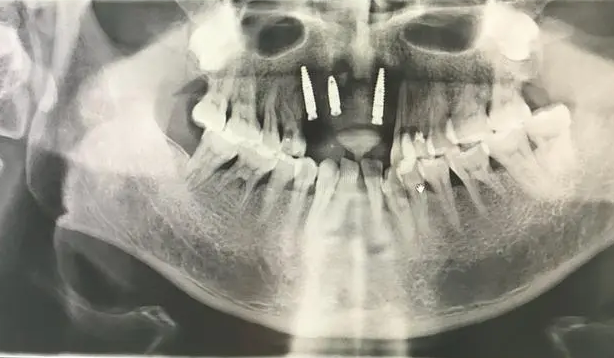Blog
What is the sequence for dental implant procedure placement?

6 steps for you to understand the dental implant process
Patients who don’t know about dental implant procedures will think that they will grow on their own when they first come into contact with dental implants. Although it was a little funny when I heard it, it can be understood that the nails inserted are “roots of teeth”, not from professional knowledge.
Implanted teeth, the full name is artificial dental implants, which are divided into three parts:
Implants (artificial roots), abutments (connectors), and crowns (tooth).
The implant is a highly precise screw structure whose external threads and micro-surface structures are in contact with the gum bone and guide the growth of gum bone cells to the
The surface of the implant can be fully integrated with the gum bone to enhance its chewing force and stability.
It has almost the same chewing force as natural teeth, stimulates gingival movement, and reduces gingival recession;
It has the same stability and retention as real teeth, and will not easily move or fall off;
There is no need for the base and snap ring necessary for movable teeth, and there is no dull taste and discomfort caused by a large area of the base;
These advantages are far beyond the reach of ordinary dentures. Therefore, dental implants are known as the best restoration solution for missing teeth.
Many people are worried and afraid because they do not understand what are the steps involved in getting a dental implant, and the resulting fear makes their oral conditions worse and worse. I specially organized how many stages of dental implants are there, so that those with missing teeth can understand in advance and reduce the fear of implantation.
- step 1
First, do an oral panoramic film, jaw CT, etc.
The doctor will check the specific conditions of the oral cavity based on the machine imaging, whether there is inflammation, the density of the alveolar bone, the absorption state, as well as the adjacent tooth tissue, tooth tissue, etc.
If you only roughly estimate the intraoral data with your eyes, you will not be able to get the precise height and width, and you will not be able to confirm how much bone is absorbed.
To implant-bone meal, it has a certain impact on the later surgery. Through the panoramic film, the teeth can be “anatomized” for accurate measurement, and the appropriate implant angle can also be determined, ensuring health and safety.
- step 2
The dental implant surgery is officially started, a hole is made in the alveolar bone, artificial implants are placed, and the sutures can be removed after about a week.
- step 3
waiting for osseointegration
The length of this time varies from person to person and from the planting system. Usually about 3-4 months.
- step 4
Install the healing abutment
Pass the implant out of the gum, install the healing abutment, and guide the soft tissue shaping. After about 1-2 weeks, the soft tissue is shaped and the impression is taken.
The implant dentist will replace the healing abutment with a prosthetic abutment.
- step 5
Install the crown and complete the restoration
- step 6
After all the above is completed, you should go to the hospital for regular check-ups twice a year.
